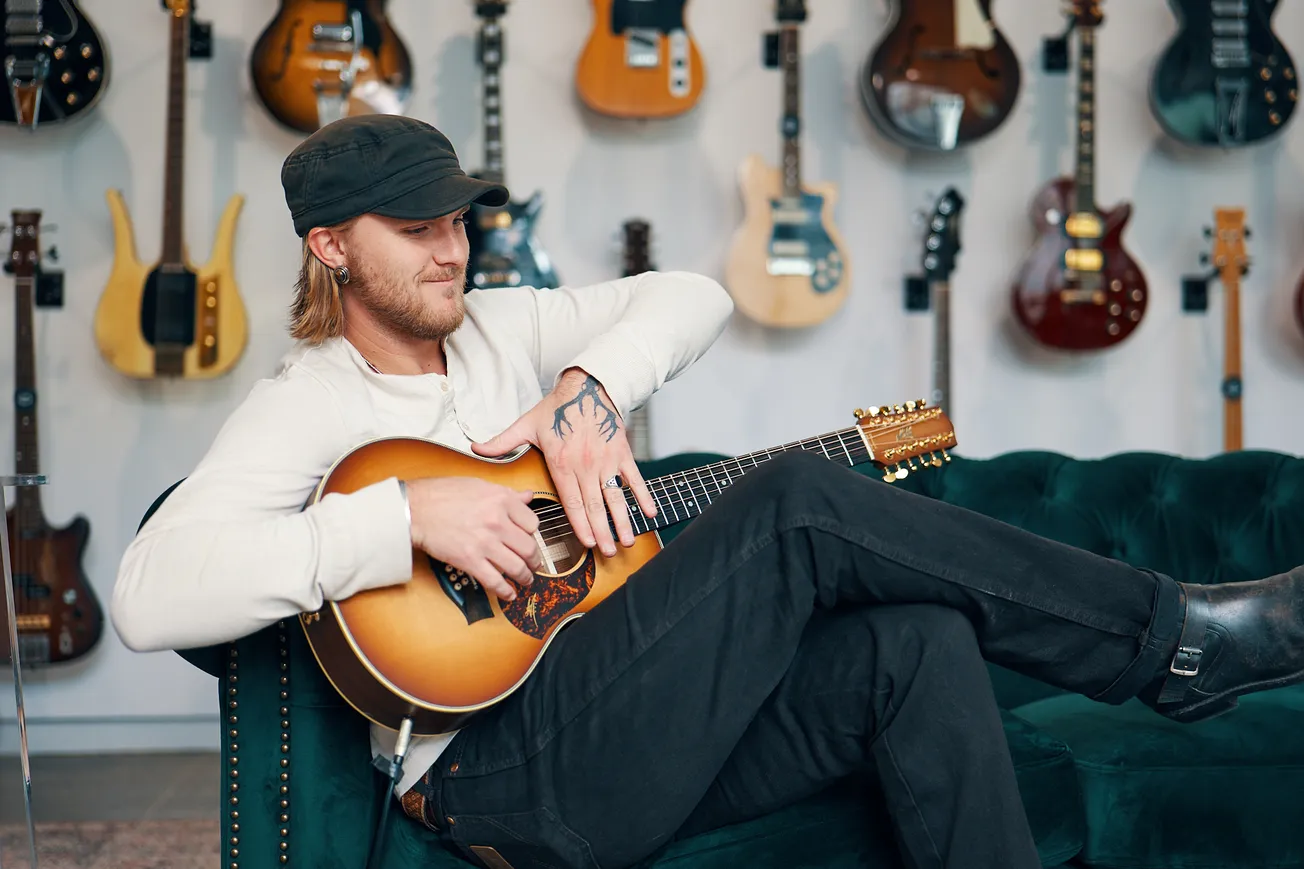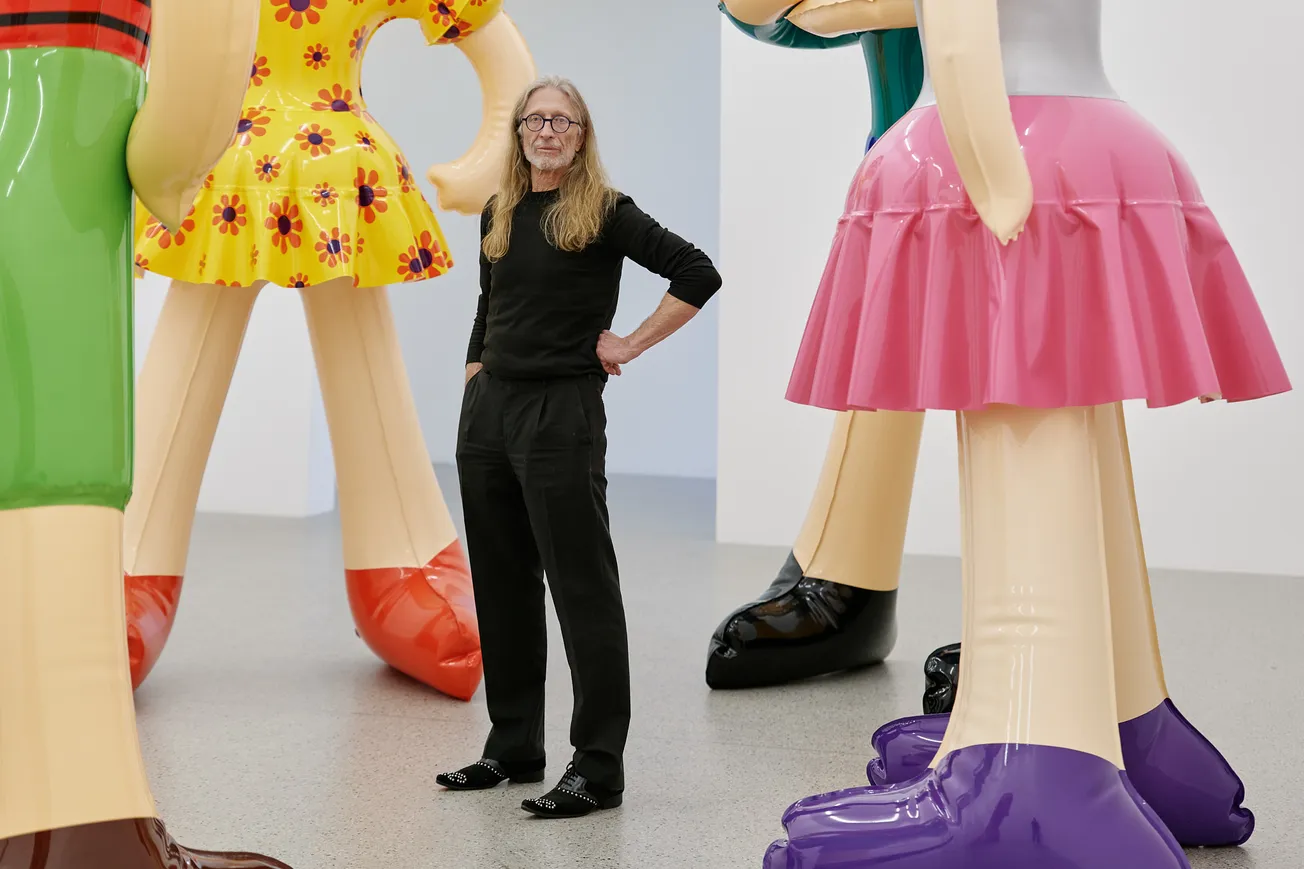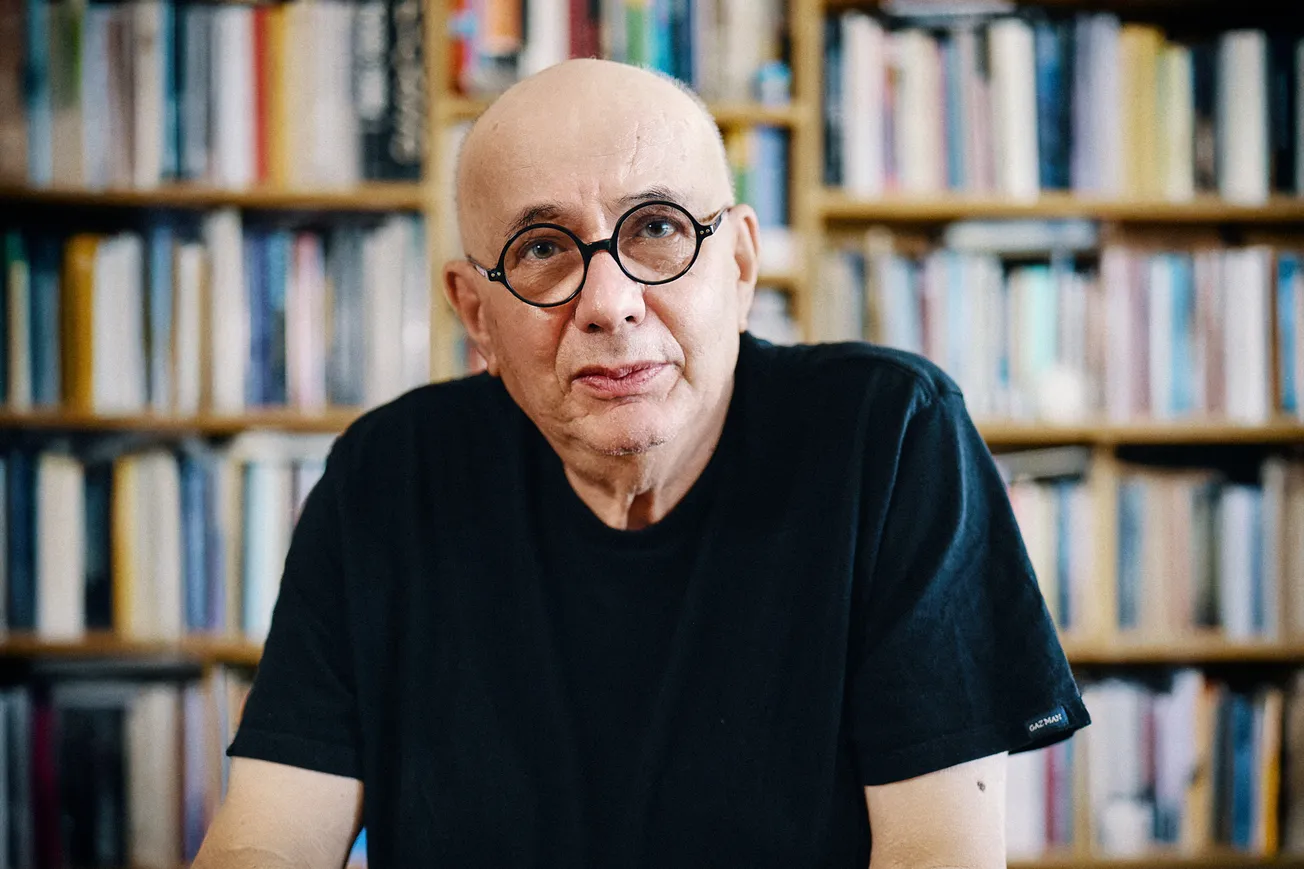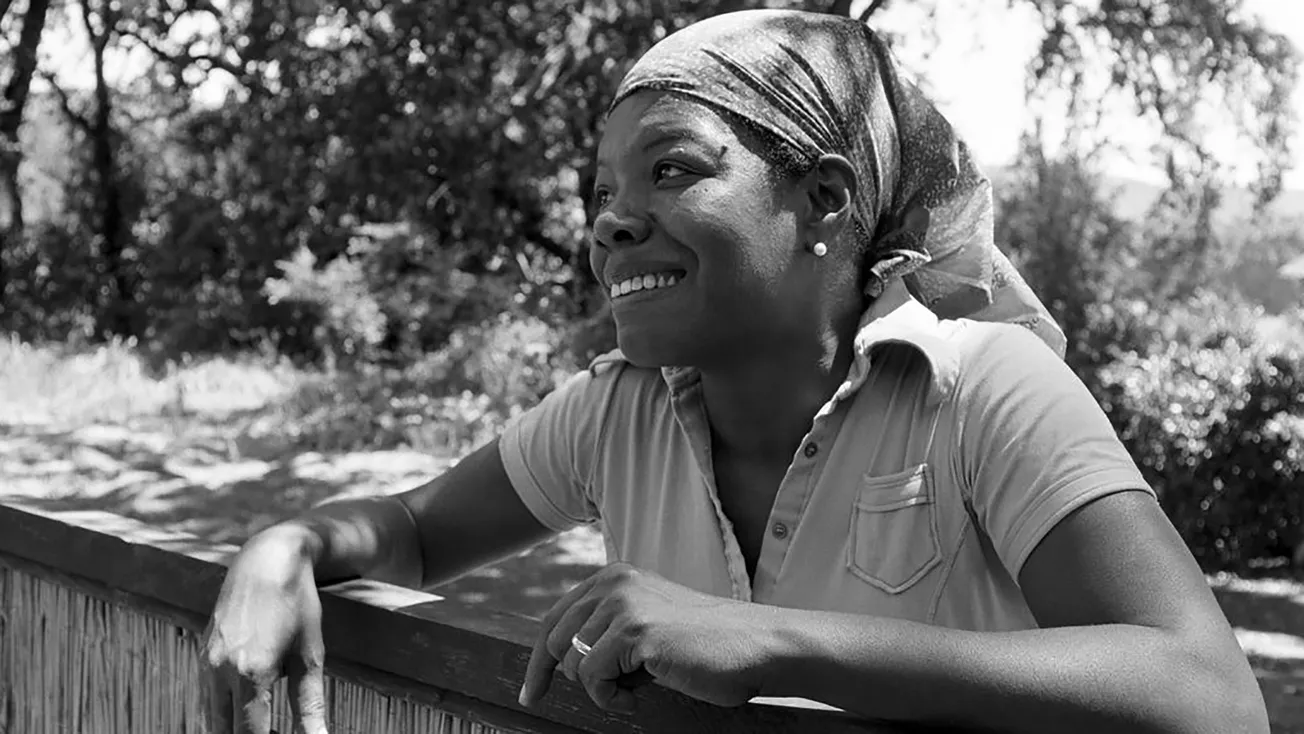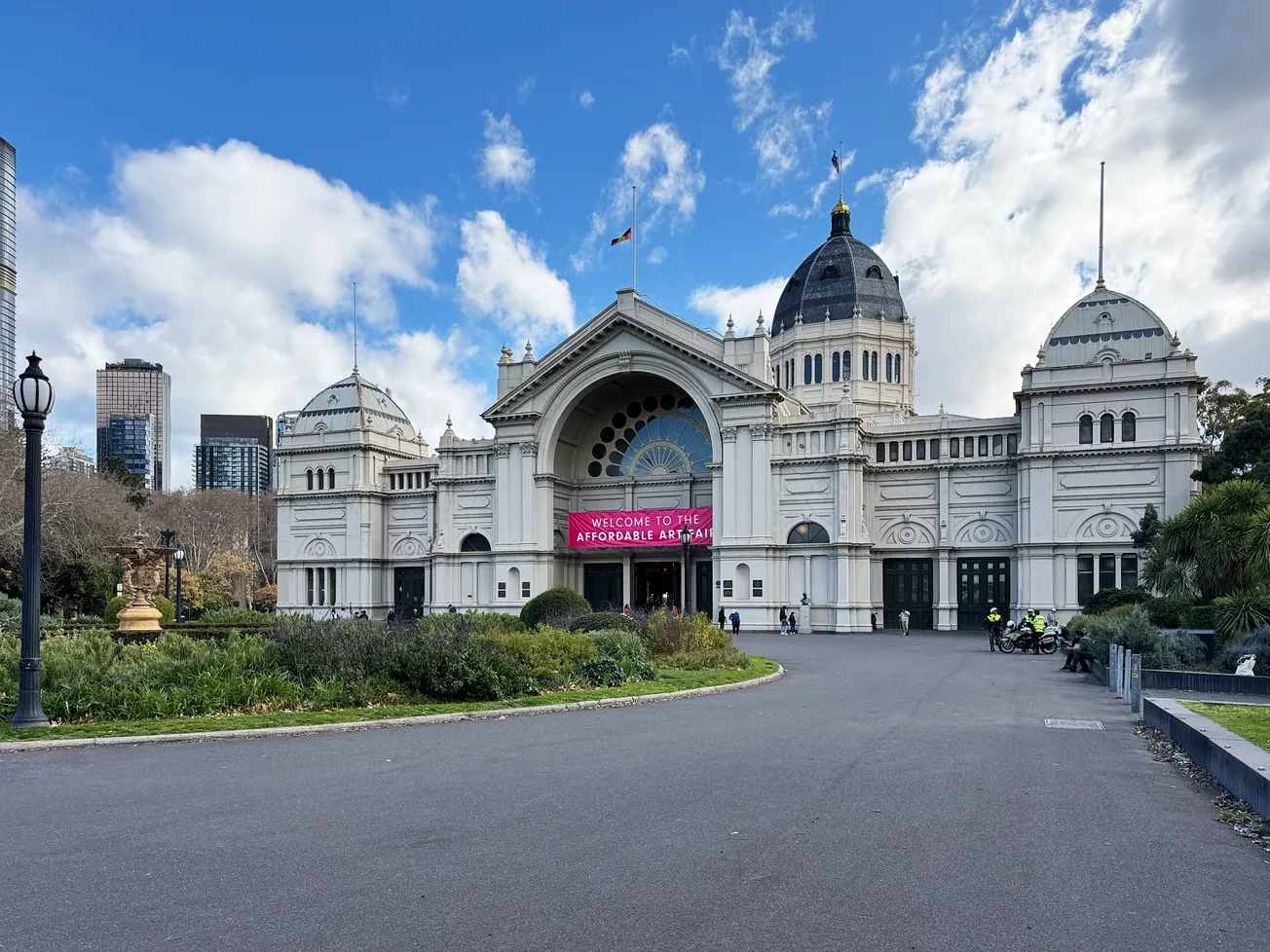Table of Contents
Melbourne Art Fair 2025: A Year of Renewal, Reflection, and Resilience
Now that the final crates have been sealed, the walls repainted, and the floor of the Melbourne Convention and Exhibition Centre cleared, the Melbourne Art Fair 2025 can be seen for what it was: a statement of renewal, a lesson in resilience, and a confident step into a new annual rhythm for one of Australia’s most important art events.
Held over four days in February, the 2025 edition marked a turning point for the Fair. It was the first under the direction of Melissa Loughnan, and the first to solidify the event’s new status as an annual fixture. As artists, galleries, collectors, and audiences caught their breath after an energetic and at times overwhelming week, what emerged was not only a successful fair, but one that had begun to reshape the identity and direction of the event itself.
New Leadership, Fresh Eyes
“It was my first fair in this role,” said Loughnan, who stepped into the position of Fair Director in September 2024. “A lot had already been locked in by the time I arrived, but I saw that as a chance to observe and really think about what we could do differently moving forward.”
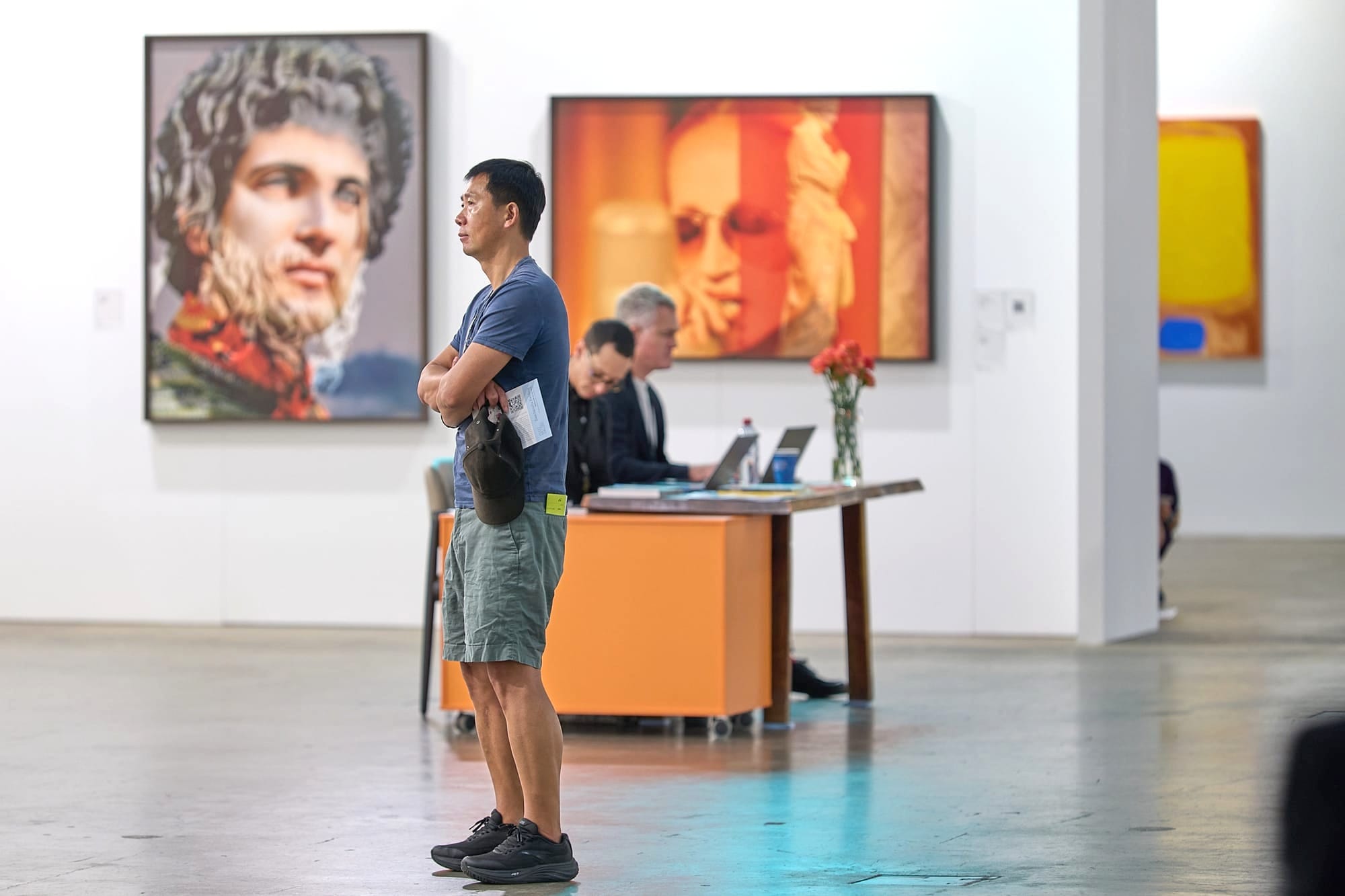
Loughnan brings a dual perspective to the role. As a former gallerist with international art fair experience, she understands what exhibitors need from the inside. As a curator, she’s attuned to flow, design, and the spatial politics of exhibition-making. “I think a lot about layout, about how people move around the space,” she explained. “It’s not just logistics—it’s curatorial. You’re setting up a rhythm, a visual language.”
One of her most visible influences was the fair’s reworked floor plan. The decision to keep aisles wide, sightlines clear, and movement intuitive gave visitors a sense of ease and openness. A central piazza became not only a navigational anchor but a place for rest, orientation, and chance encounters—humanising what could otherwise feel like a transactional maze of booths.
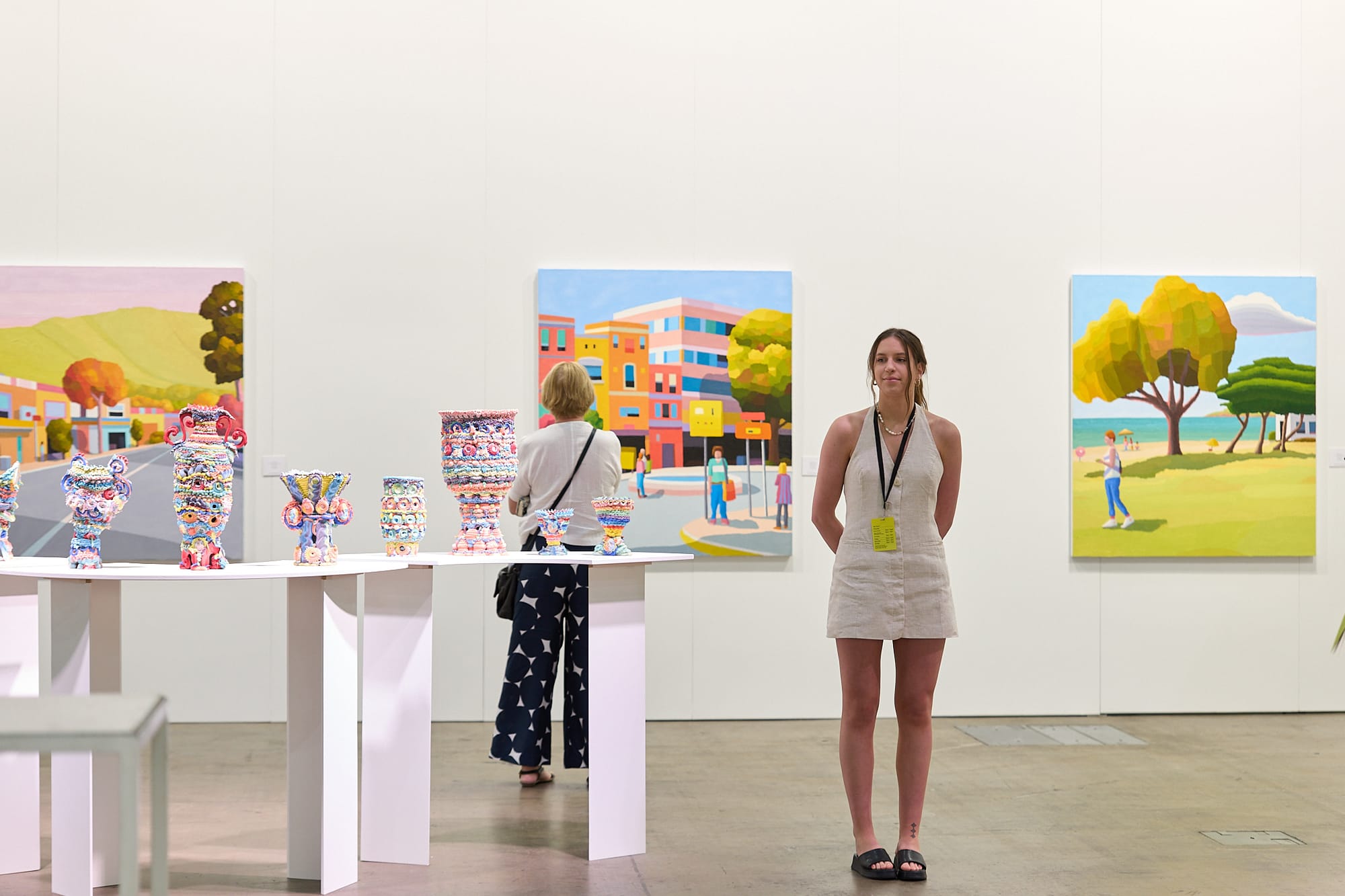
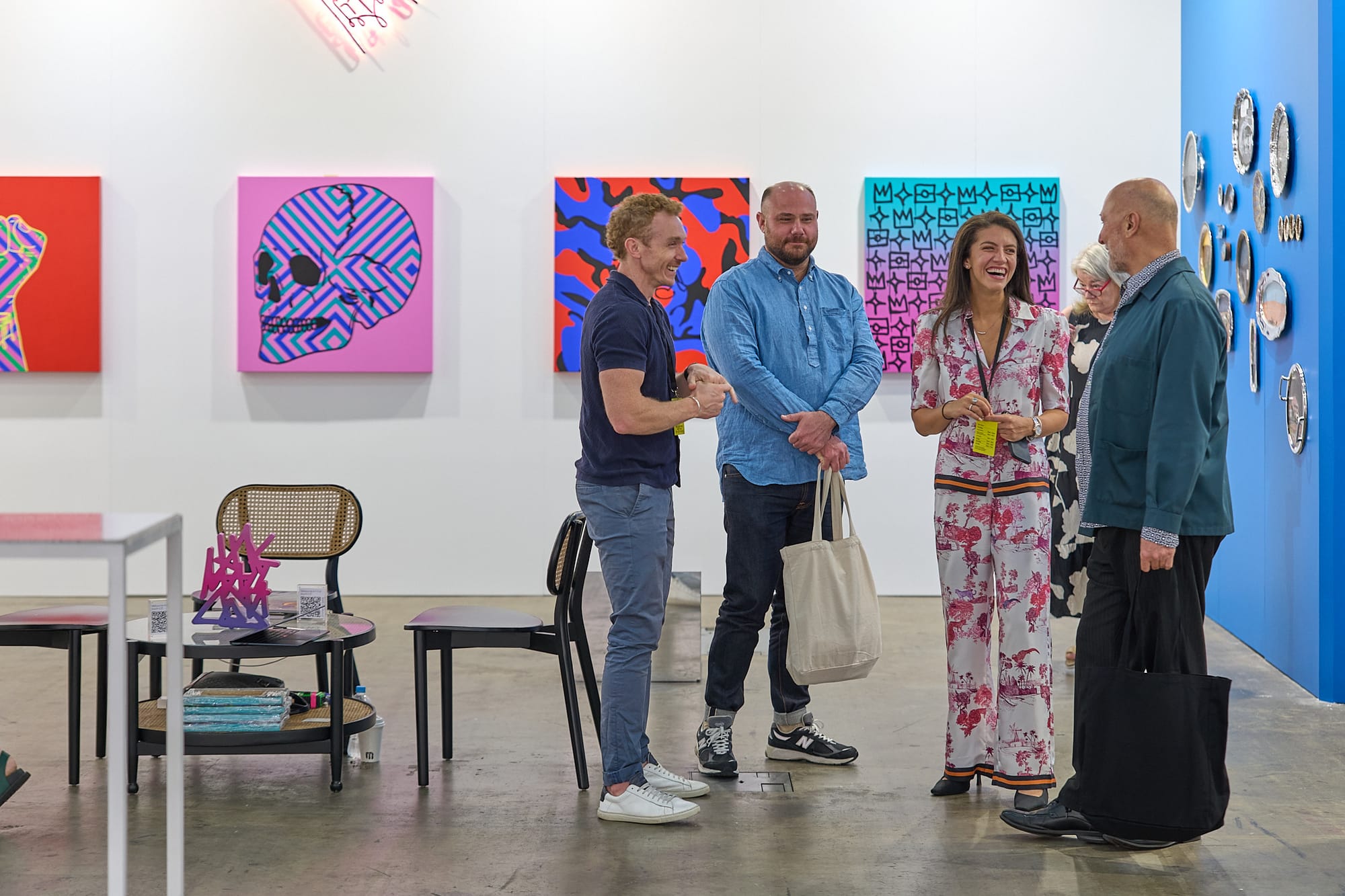
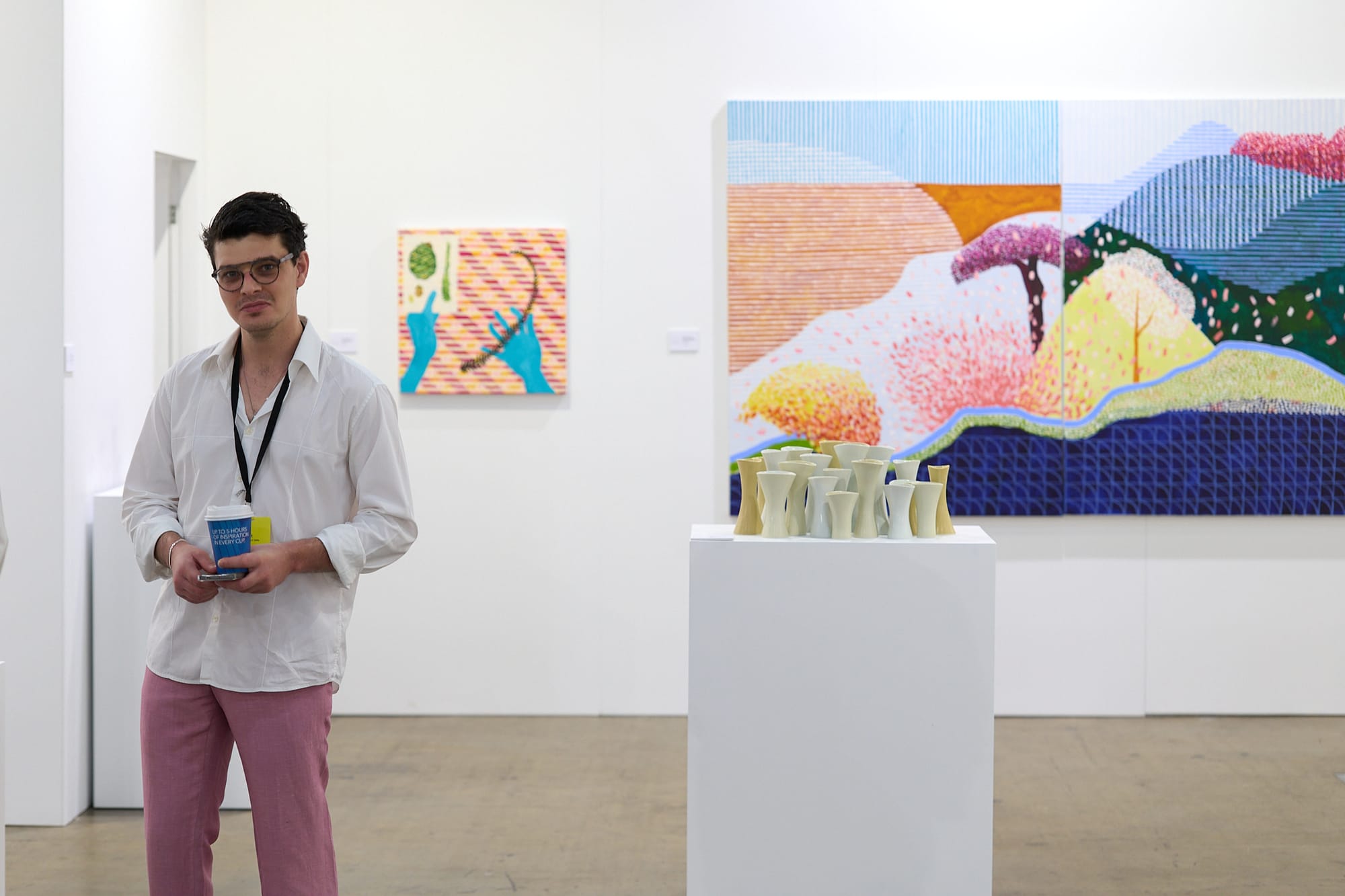
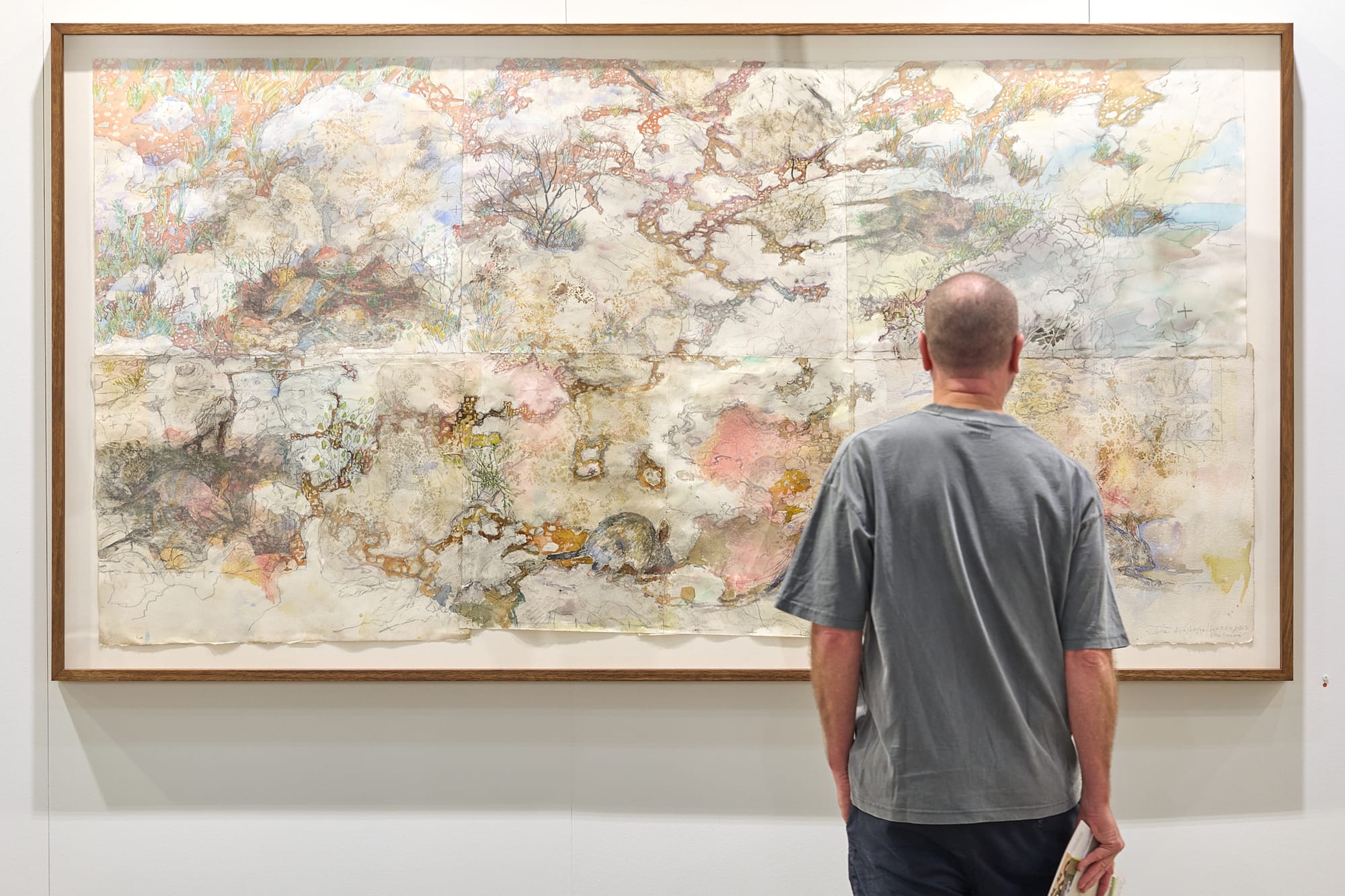
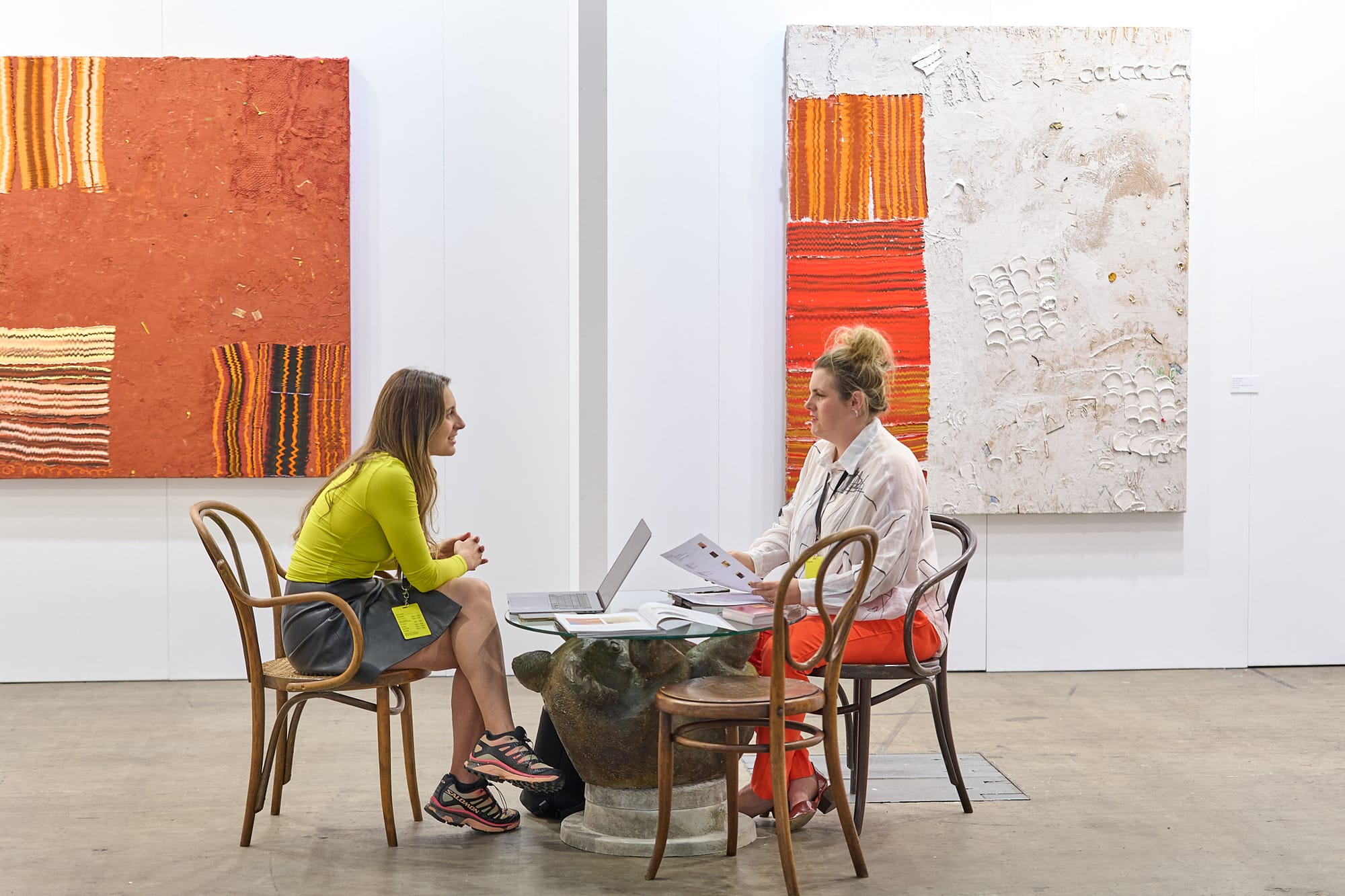
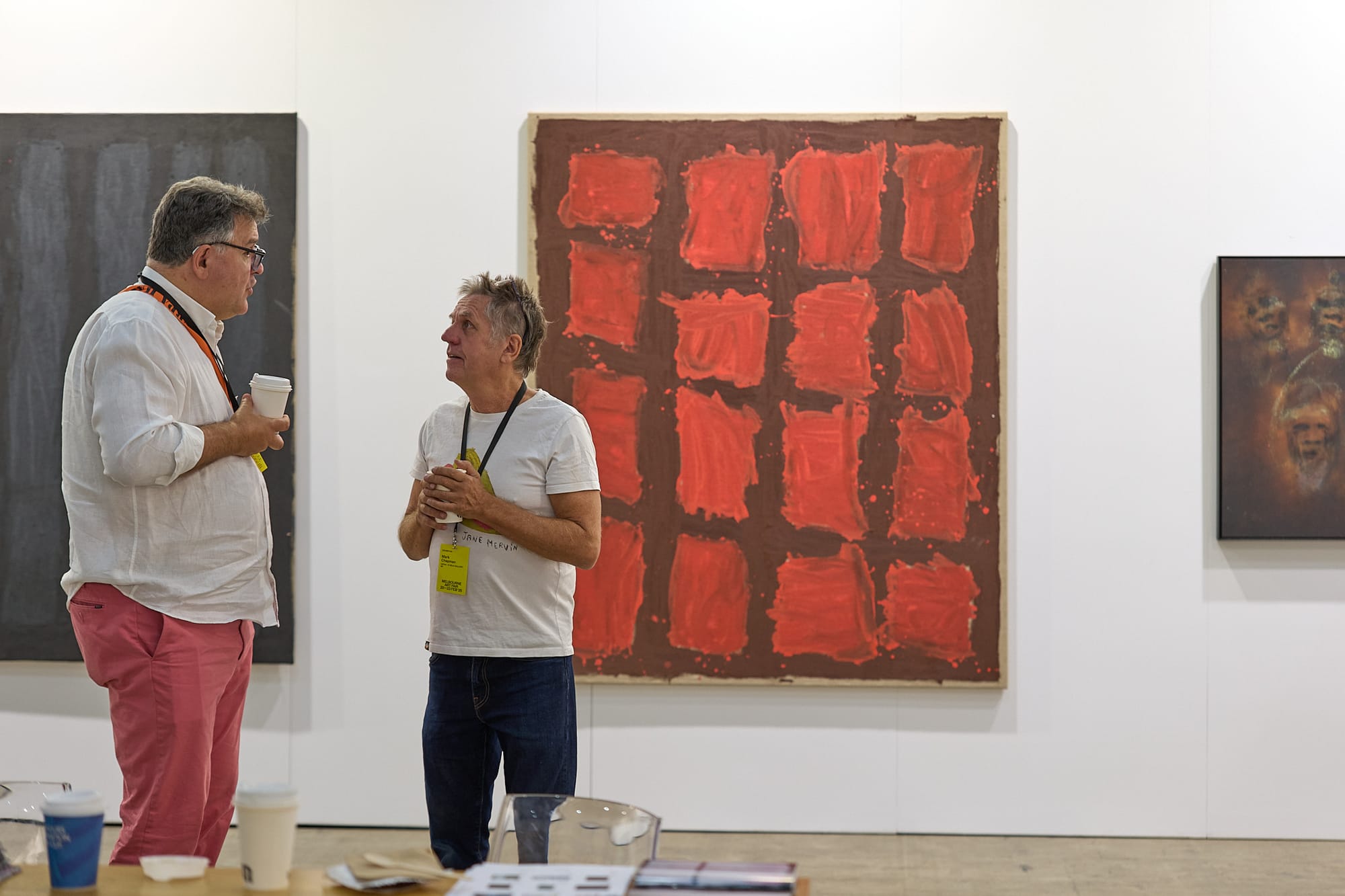
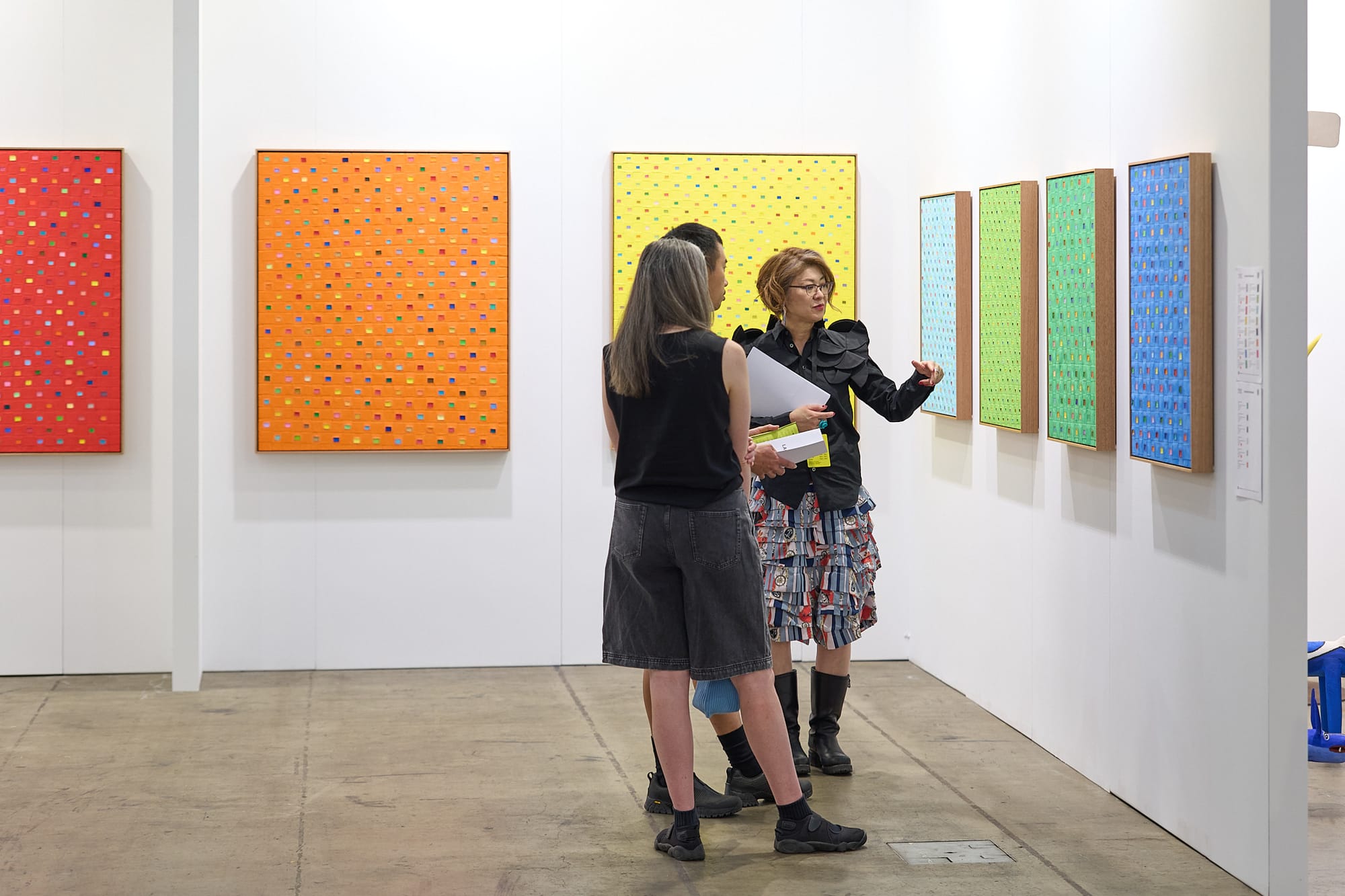
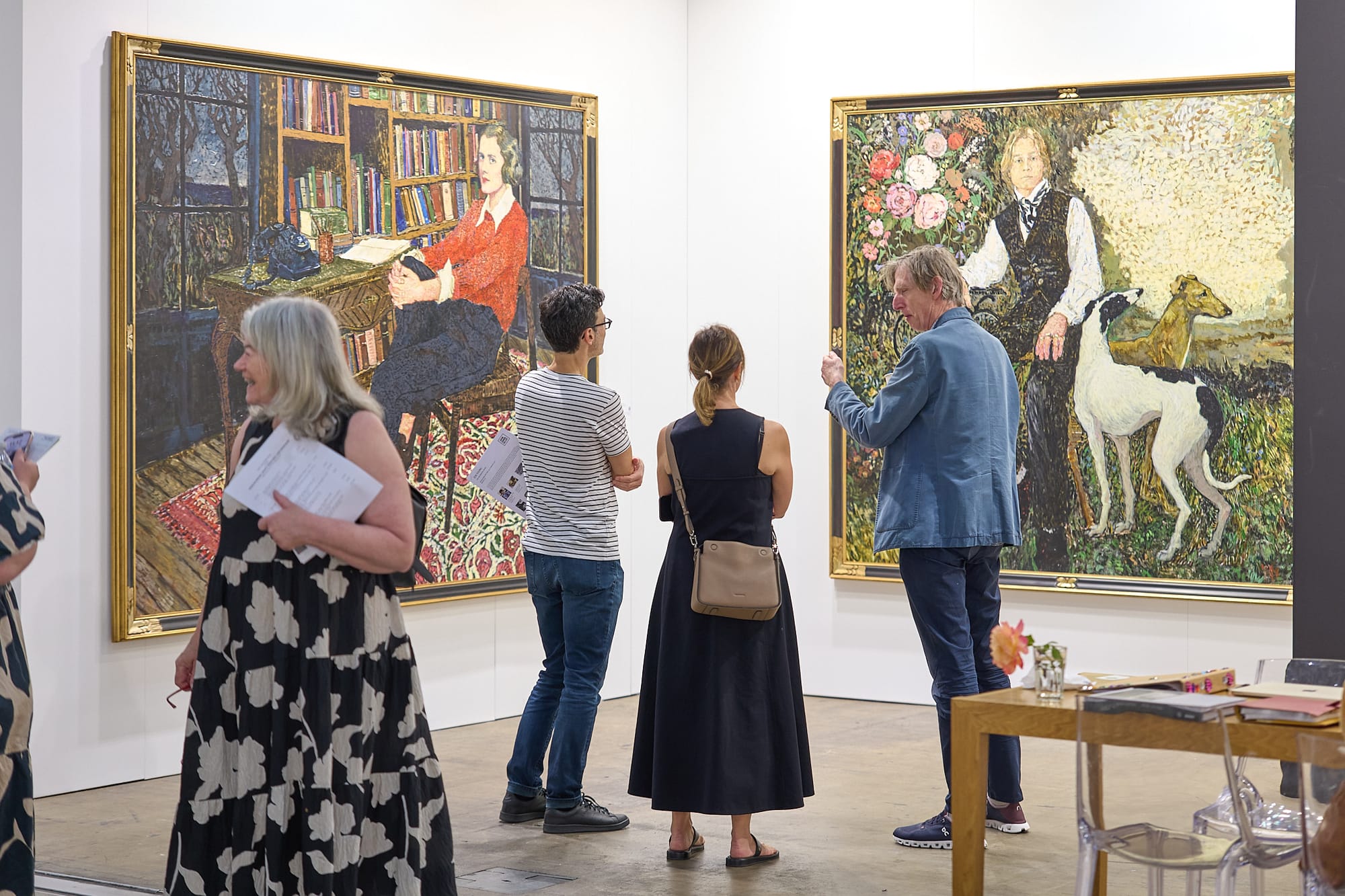
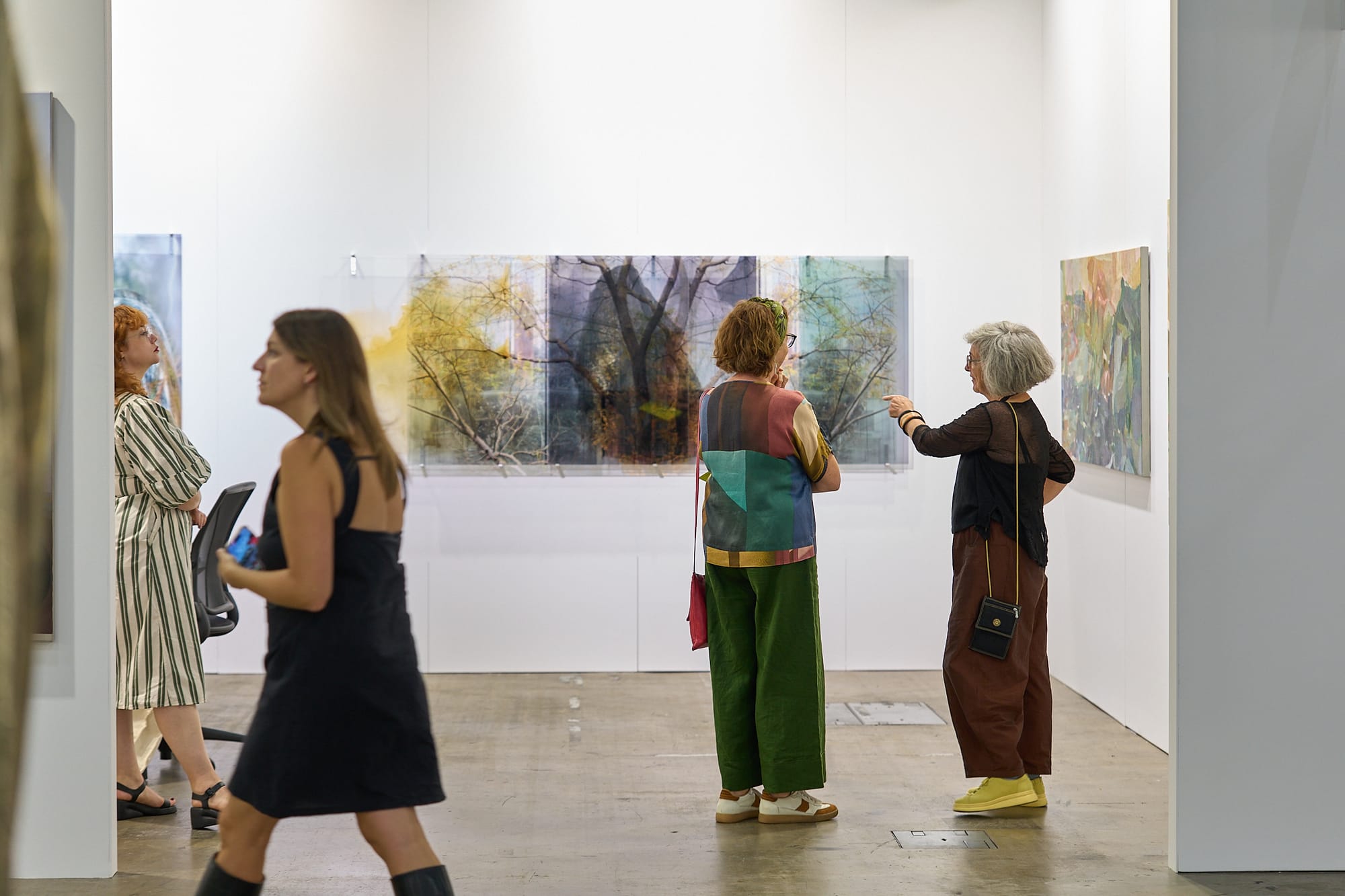
An Event with Purpose Beyond Sales
Though MAF is a commercial event, what distinguished this year’s fair was its refusal to flatten art into commodity. Many booths were ambitious in their presentation, with curatorial intent matching commercial polish. Institutions and independent galleries alike used their spaces to tell stories, amplify underrepresented voices, or take risks with scale and media.
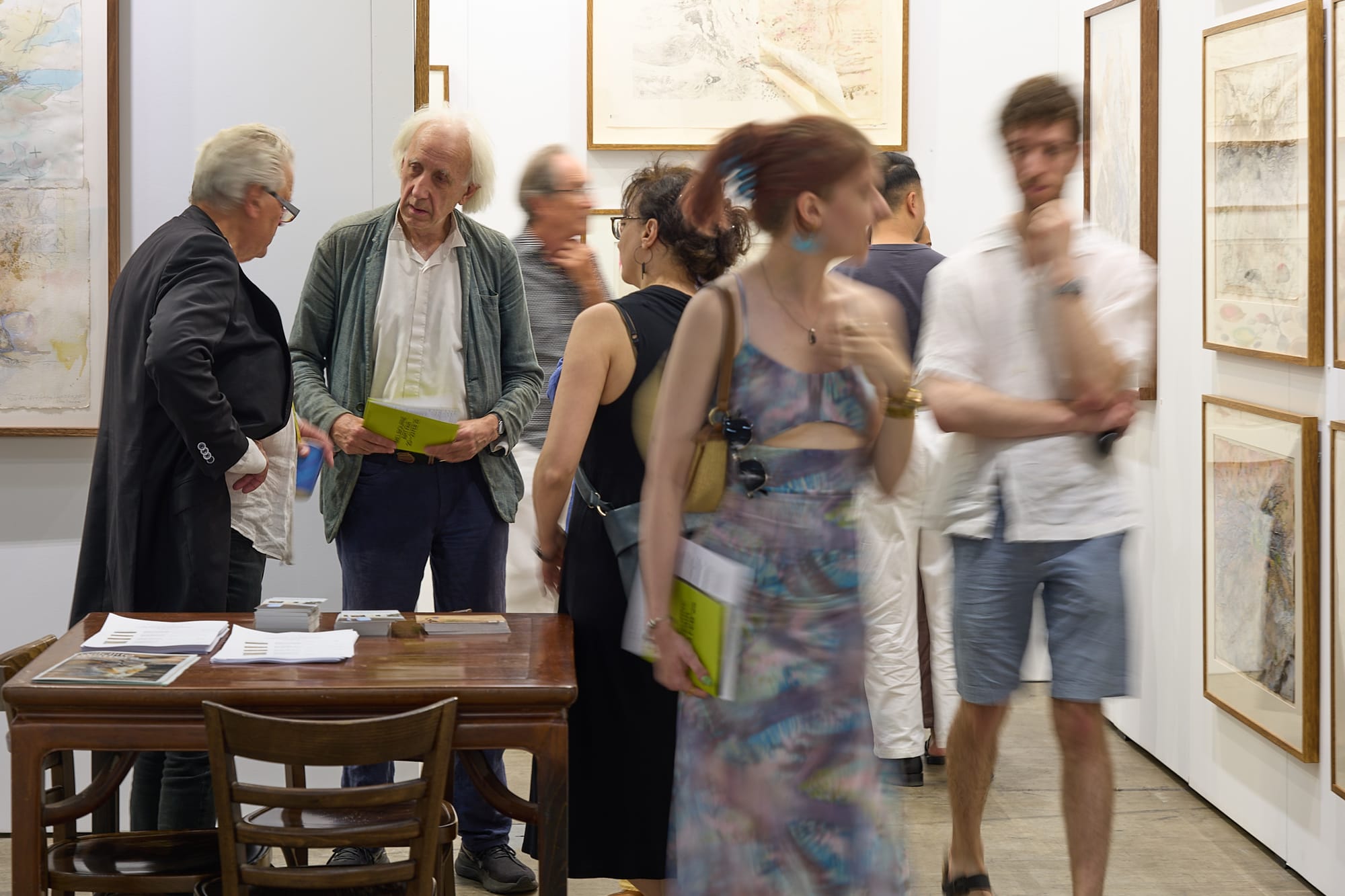
Indigenous art remained central to this effort. Multiple booths featured work from Aboriginal and Torres Strait Islander art centres, with strong support from both collectors and audiences. The fair’s commitment to these practices is long-standing, but this year it felt more integrated—not set apart, but woven into the broader narrative of Australian art.
“It’s important that we create a space where all work can command attention equally,” said Loughnan. “And that means thinking not just about who is included, but how they’re included—what space they’re given, how they’re situated, how they’re framed.”
Challenges and Lessons
No fair runs without its challenges. Loughnan noted that while the Thursday evening VIP event brought in the expected surge, quieter moments across the following days revealed a tension: how to maintain atmosphere without overcrowding. “It’s a balance,” she reflected. “You want space for the art, for hospitality, for people to breathe. But not so much that it feels hollow.”
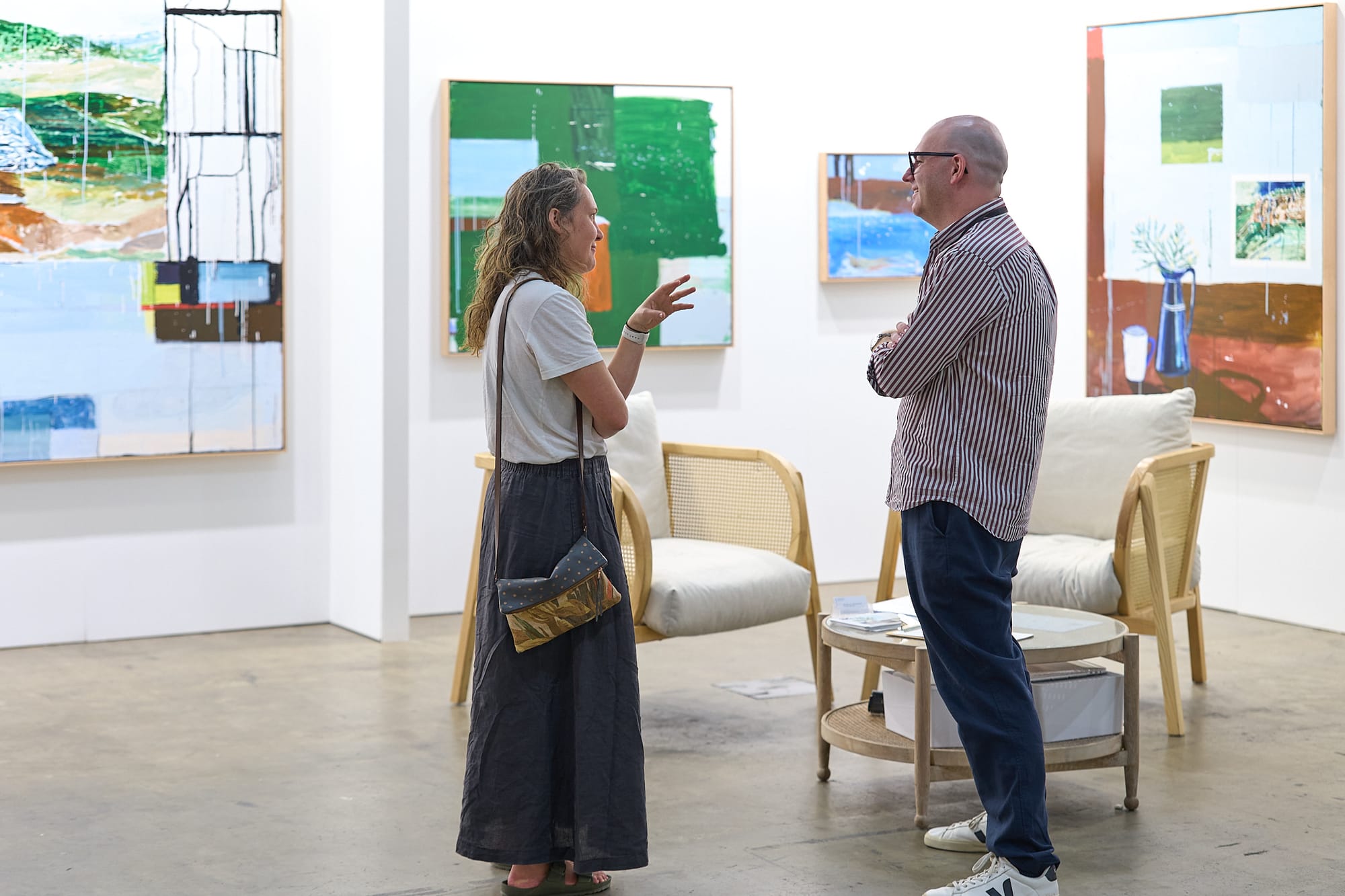
These moments also reinforced the benefits of transitioning to an annual model. With less time between editions, the Fair can iterate more rapidly—adjusting for flow, refining sector strategies, and maintaining momentum with galleries and audiences alike.
This shift is also having a curatorial impact. “We’re already deep in conversations about 2026,” Loughnan said. “This time I’ll be involved from the start—talking to galleries early about what they’re showing, how they’re showing it, and how that sits within the whole.”
That consultative approach is part of her broader vision. Rather than seeing booths as isolated stalls, Loughnan is interested in building a fair that feels cohesive—more like a sprawling exhibition than a marketplace. It’s a philosophy rooted in art education, one that benefits not just the industry, but the visiting public and emerging practitioners too.
Learning Through Looking
For many students, educators, and early-career artists, MAF 2025 became a live classroom. The structure of booths, the decision-making behind placement, the mix of traditional and experimental media—all of it served as a lesson in how contemporary art is presented and consumed in real time.
Artists were able to see their peers in a professional setting. Visitors encountered not just objects, but curatorial strategies. And galleries used their space to test ideas—sometimes commercial, sometimes conceptual, often both.

This blending of market and meaning is what gives the Fair its particular strength. It refuses to be just one thing. It’s a place where collectors and critics walk the same corridors, where institutional curators discover new names beside private buyers, and where conversations spill out from booths into cafés, panels, and post-fair meetups.
A Regional Role, A Global Awareness
One of the Fair’s longstanding achievements is its function as a bridge between the Australian art community and the broader Asia-Pacific region. While the 2025 edition was rooted in local and national narratives, it also attracted interest from international visitors and collectors.
This dual identity—as both a homegrown institution and a global-facing platform—remains one of MAF’s most compelling features. And with a more frequent presence, its ability to stay attuned to global currents will only improve.
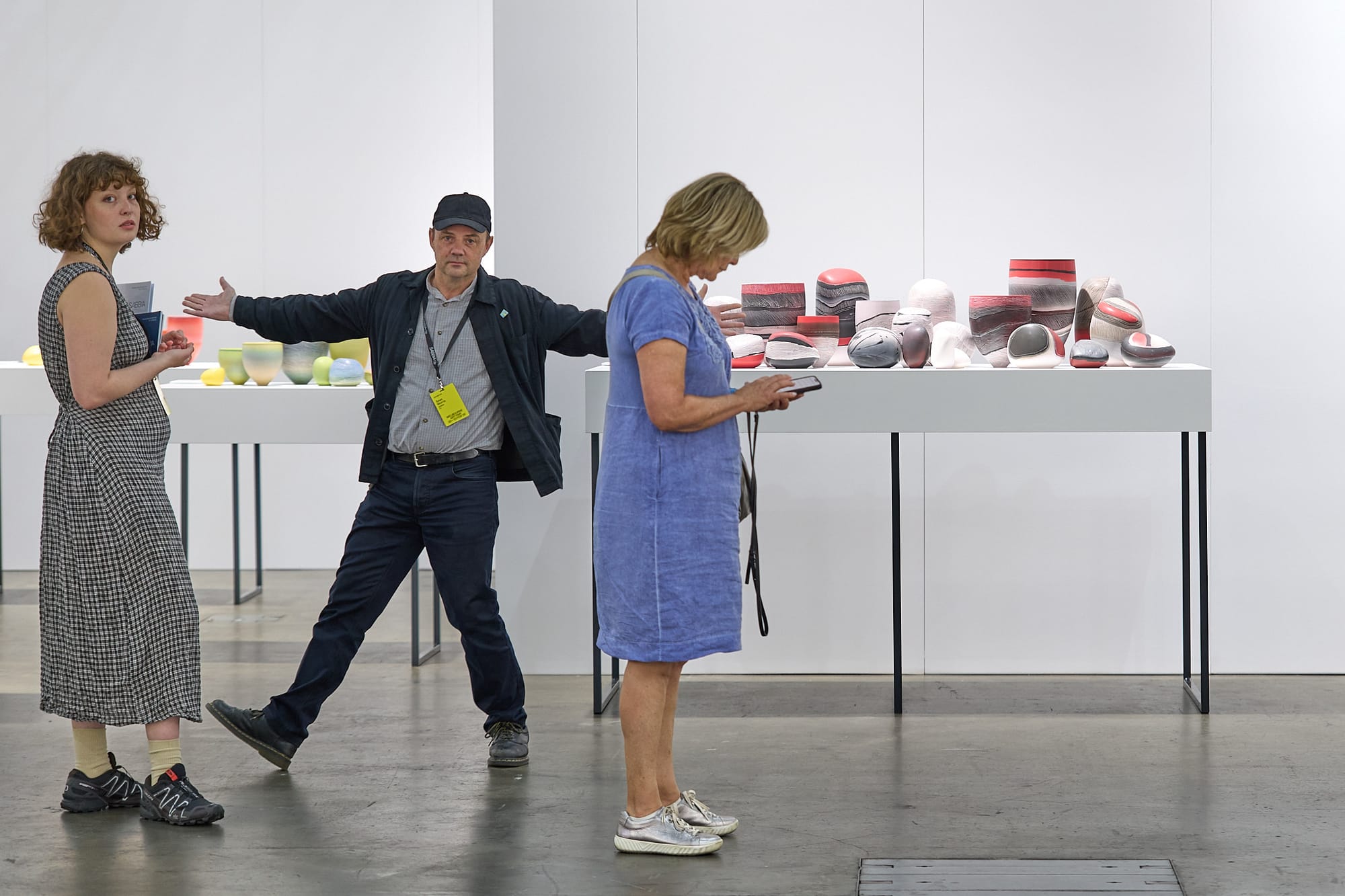
Loughnan’s international perspective is crucial here. “Having seen how other fairs operate around the world, I know how much structure matters,” she said. “But I also know what a fair can feel like when it’s too rigid, too corporate. I want Melbourne Art Fair to feel alive—intentional, but human.”
The Fair’s Future
With 2025 now behind her, Loughnan is already steering the course toward 2026. This coming year will offer the first full cycle under her leadership—a chance to shape not just logistics, but concept. Her priorities are clear: deepen the curatorial structure, expand support for Indigenous and experimental practices, and maintain the sense of spaciousness that defined this edition. More than anything, she hopes to build a fair that’s not just attended, but experienced.
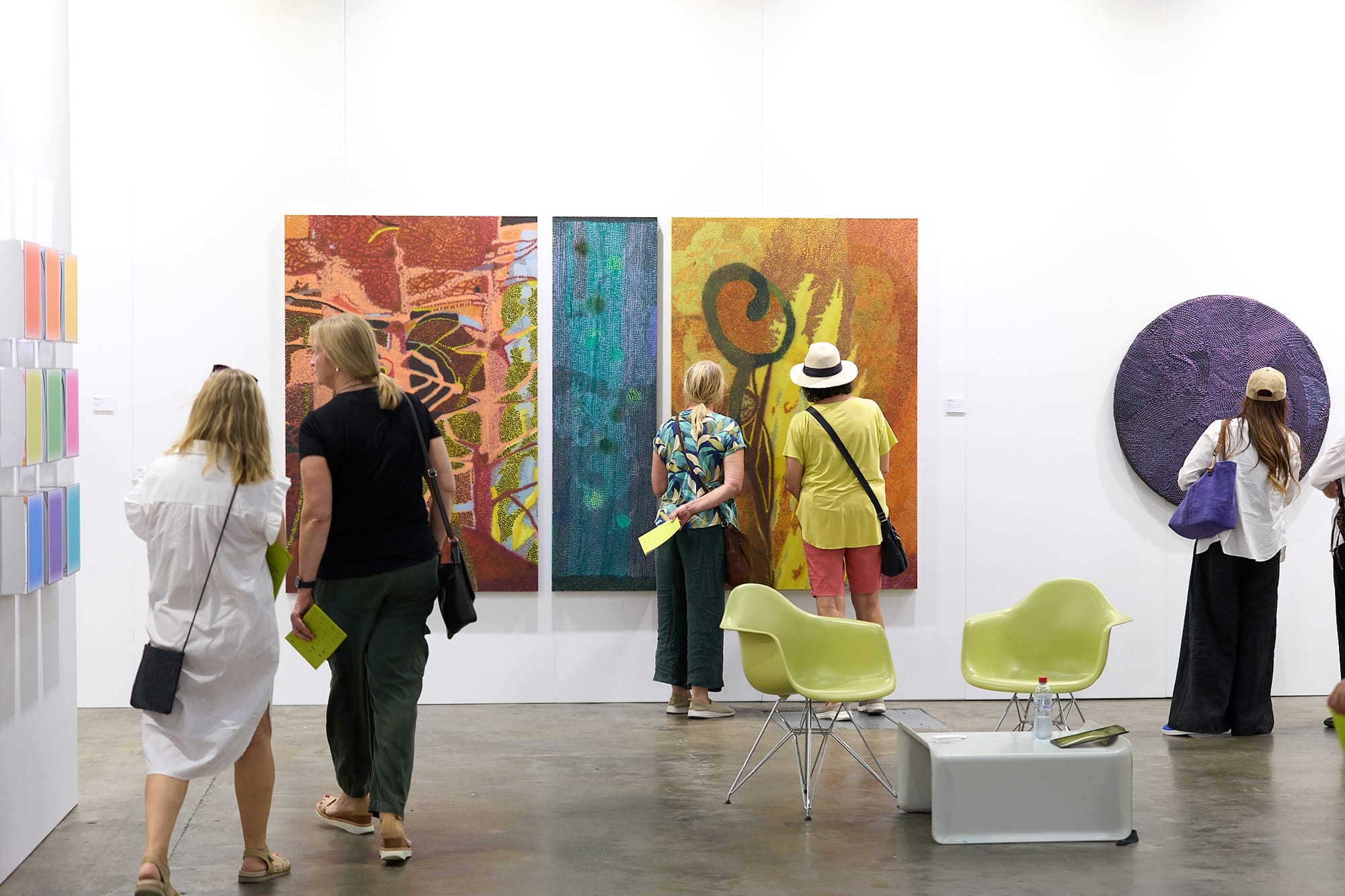
“Art should be given space to speak,” she said. “And when you design a fair with that in mind, you’re giving people—not just collectors or curators, but everyone—a reason to return.”
In Reflection
Melbourne Art Fair 2025 leaves behind more than statistics and sales figures. It leaves behind a sense of reorientation. Of what a fair can be. Of how leadership can reframe legacy. And of how art, when thoughtfully presented, still has the power to gather people in one place, for one shared moment of looking, thinking, and feeling.


